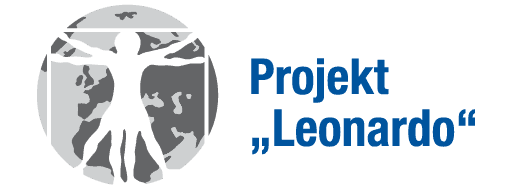The City as a Built and Lived Environment
Healthy, Equitable, Shared, Resilient
Registration
The registration takes place via RWTH Online and is possible from September 15th till October 9th. Further information about the registration process can be found in our FAQ.
All students can register for one module. You can specify two preferences. Please use the numbers “1” and “2”. If you have not been assigned a place in the project after the end of the assignment and are still interested in participating, please contact sibel.yildirim[@]ipw.rwth-aachen.de directly.
(If you have any problems with the registration or with RWTHonline, please contact Mrs. Sibel Yildirim (IPW), also stating your matriculation number: sibel.yildirim@ipw.rwth-aachen.de)
Questions and suggestions are welcome. Get in contact with us! (Visit us also on Facebook)
Academic Responsibility
Chair of Landscape Architecture
Landscape Architect AKBW, Deputy Head of Insitute
Contact Person
Alina Meyer B.A.
Schedulue
Start
T.b.a.
Time
Thursday 16:30 – 18:00h
Place
SFo 3 (1821|003)
Contents
More than half of the world’s population lives in cities, and this proportion will continue to rise. Cities therefore offer an attractive living environment that attracts many people. However, this is also associated with negative effects such as the impact of the urban environment on human health, social inequalities, reduced diversity of experience and increased vulnerability to the effects of climate change. Cities are therefore a particular focus of the Sustainable Development Goals (SDGs). On the one hand, SDG 11, ‘Sustainable Cities and Communities,’ is dedicated to them, and on the other hand, they interact with numerous other SDGs and can be understood as a laboratory for the development of solutions to these goals, e.g., ‘No Poverty’ (SDG 1), ‘Good Health and Well-being’ (SDG 3), ‘Clean Water and Sanitation’ (SDG 6), ‘Reduced Inequalities’ (SDG 10), ‘Climate Action’ (SDG 13), ‘Life on Land’ (SDG 15) and others.
The Leonardo module brings together researchers and teachers from various faculties at RWTH Aachen University who collaborate in the Built and Lived Environment profile area. In the lecture series, they present their perspectives on the challenges and solutions in future urban development. On this basis, students work in interdisciplinary groups to examine an urban space in Aachen that is undergoing transformation and develop ideas and guidelines for its future.
Learning Outcomes
The module teaches students the ability to understand the city as a spatial, built environment from different perspectives.
They learn about possible courses of action and instruments for improving the urban environment and living space and have applied these to a specific urban space in Aachen.
This enables them to communicate and collaborate in an interdisciplinary and transdisciplinary manner on issues of sustainable urban development.
In this way, students acquire a ‘spatial literacy’ about the city, which enables them to reflect on the spatially effective actions and effects of their own discipline and to apply them as a contribution to improving the built and lived environment.
Program
t.b.a.
Procedure/Working method
Depending on the course of studies, module and examination, credit points can be achieved through participation. If you would like to take an exam, please make sure beforehand how you can get credit for it in your degree program. Of course, you can also take exams without receiving curricular credit for them. Visit our FAQs for more information.
Certificate
Project work (3CP, graded, group presentation in groups of three or four)

